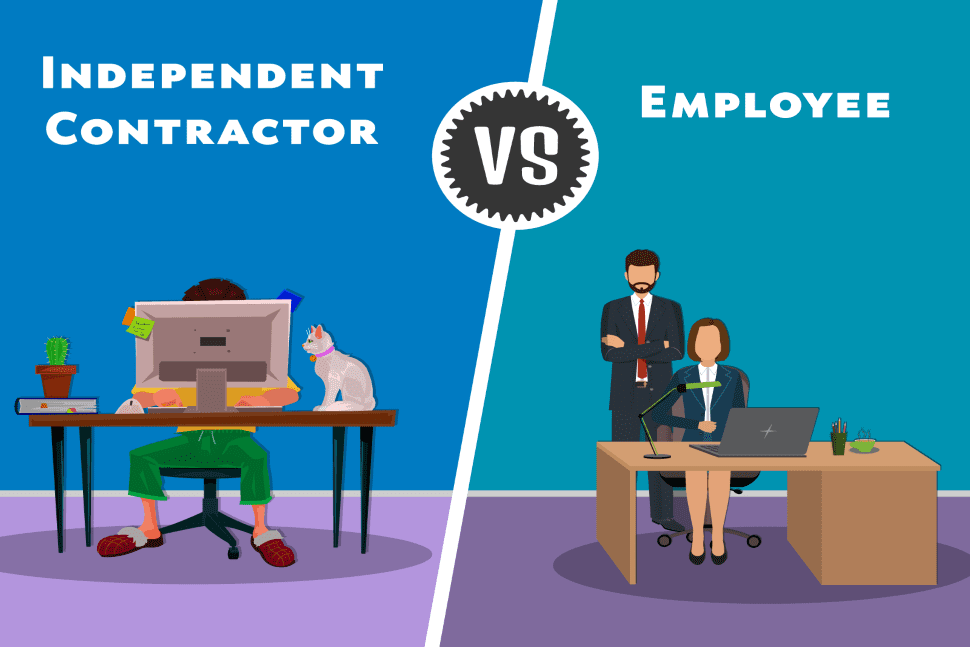
Preventing Water Damage
November 22, 2022
Tenant Tips before Renting
December 2, 2022Understanding the key differences between independent contractors and employees are very important to every business owner. It is important to hire the right type of workers for the business application.
- An independent contractor is a person who works for himself and performs contracted services for another person or entity. In most instances, there is a written agreement detailing the terms of service. The independent contractor has complete autonomy and flexibility but does not receive any company benefits.
- An employee is a person who receives wages and benefits in exchange for following company guidelines and typically has set hours of employment with break times, lunch hour, sick pay & vacation pay.
- The incorrect classification of a worker may result in fines, penalties, back taxes, insurance issues and legal disputes.
There are no uniform definitions or tests to define an independent contractor. Each state and courts may have different definitions or guidelines until a uniform definition is set and adopted.
The IRS uses the Common Law Test to determine if a worker is an employee or an independent contractor. The test presumes that a worker is an independent contractor, unless there is behavioral control, financial control or other evidence based on the relationship of the parties.
Courts generally review the agreement between the company and the worker to determine their employment status. Most courts will usually honor an independent contractor agreement if it explicitly states that the worker is not an employee.
The Federal Labor Standards Act is presently reviewing rule making for the future; there are indications that they may move toward the ‘ABC’ test put forth by over 30 states and the Department of Labor. The following 3 facts considered are:
- Absence of Control – whether the worker is free from the control and direction of the hiring entity in connection with the performance of the worker (both under the contract for the performance of the work, and in fact);
- Business of Worker – whether the worker performs work that is outside the usual course of the hiring entity’s business.;
- Customarily Engaged – whether the worker is customarily engaged in an independently established trade, occupation, or business.
Misclassifying employees can be a costly mistake, especially as government agencies begin to increase enforcement efforts. Businesses may face consequences such as wage claims, fines, penalties, back taxes, class action lawsuits, insurance classification issues, and harm to their reputation.
The best practice for an entity is to review independent contractor agreements with an attorney to ensure each contains a clear scope of work; avoid treating independent contractors like employees, and seek an expert opinion in any questionable situation; when not sure, the entity should err on the side of classifying the worker as an employee.

